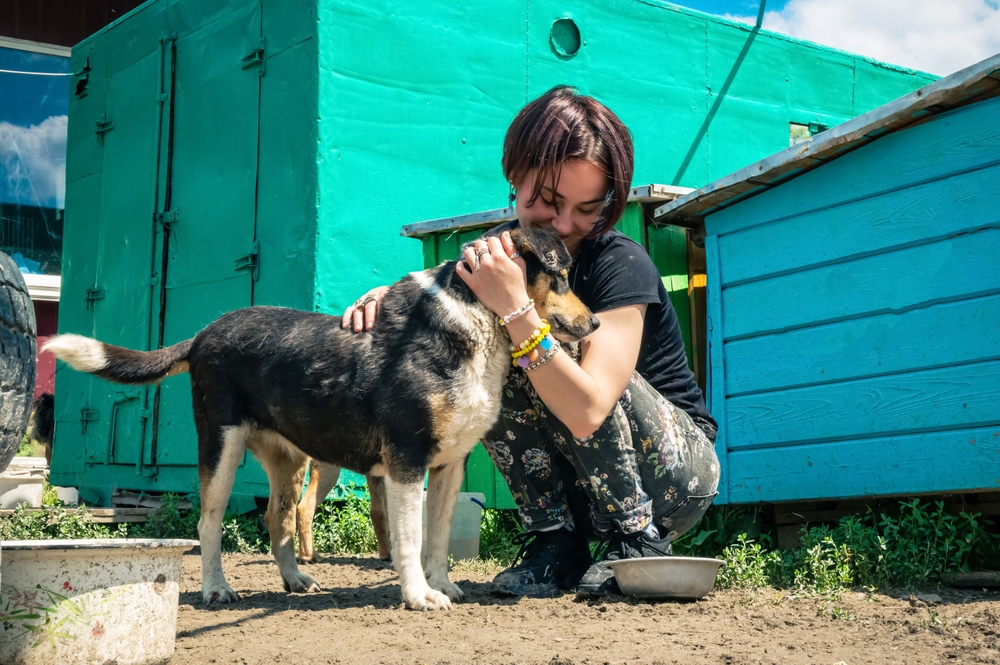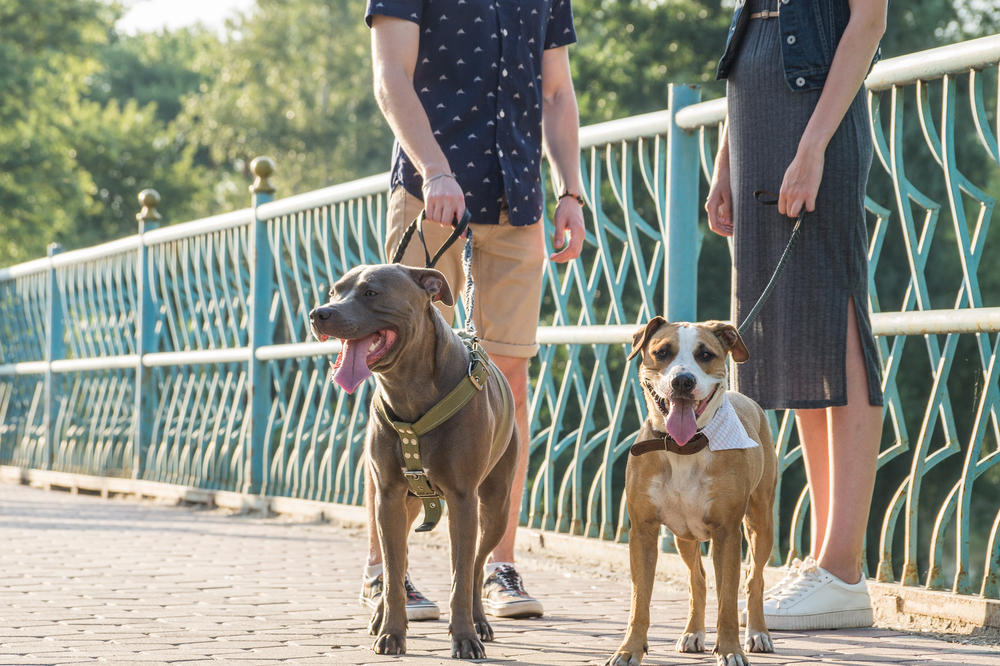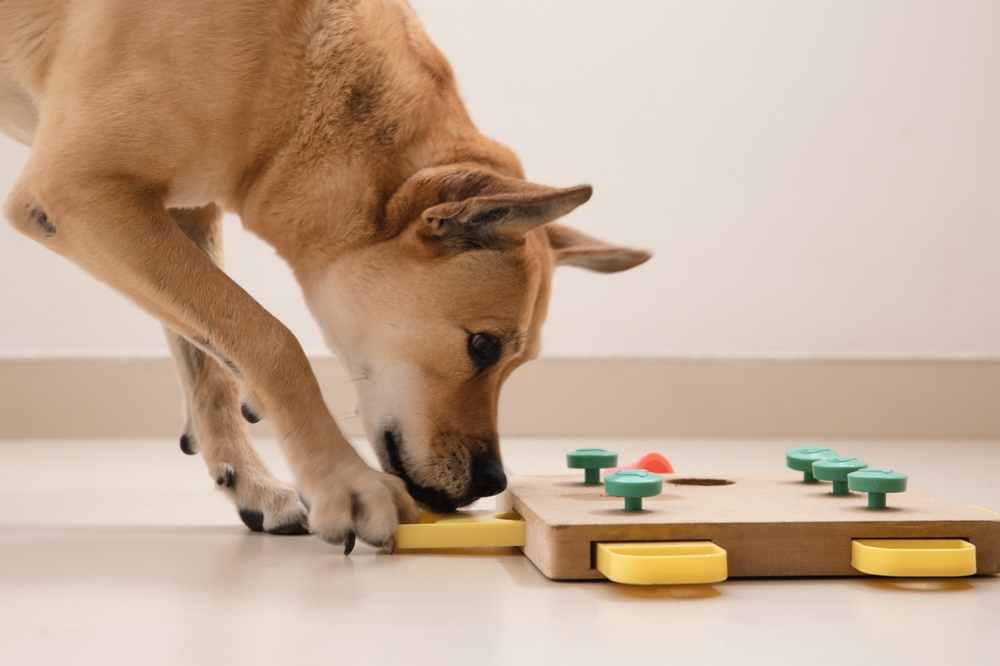Bringing an abused dog into your life is such a beautiful act of compassion. But it’s not always easy. These dogs have been through a lot, and they need extra patience and care to feel safe and loved again. It’s a journey, but with some simple steps and a whole lot of understanding, you can help them rebuild trust. Here are 15 ways to make the process a little easier—for both of you.
Let Them Set the Pace

For an abused dog, learning to trust takes time, so try to let them call the shots. Don’t rush things or force building a bond or having interactions because it won’t happen overnight. Let them come to you when they’re ready, even if it’s just to sniff your hand or sit in the same room. Every small step forward is a win and letting them set the pace shows them that they’re safe with you.
Create a Safe, Quiet Space
Everyone needs a cozy spot to feel safe, and your dog is no different. Set up a little corner just for them—a soft bed, maybe a blanket or two, and some toys. Make sure it’s in a quiet area of the house where they can retreat anytime they feel overwhelmed. This safe space becomes their sanctuary, a place to relax and unwind as they get used to life in their new home
Avoid Sudden Movements
For an abused dog, sudden movements can feel like a threat. Try to move slowly and predictably, especially when you’re reaching out to them or bending down. Gentle, steady movements show them they don’t have to be on high alert around you and that you are not a threat. Little by little, they’ll realize you’re safe to be around.
Take Socialization Slow and Easy

Meeting new people or other pets can be overwhelming for an abused dog, so start slow. Let them approach new situations on their terms and keep things calm. If they seem uncomfortable, it’s totally fine to back off. Building comfort with new experiences takes time, and it’s all about letting them feel
Introduce Touch Gradually
Touch can be powerful, but it’s also something that abused dogs can be wary of. Start by offering your hand for them to sniff, and let them initiate contact. Once they’re comfortable, you can try a gentle scratch behind the ears or a light touch on their shoulder here and there. Always watch their body language—they’ll let you know when they’re ready for more but don’t force it. Small, positive interactions can make a big difference.
Respect Their Boundaries
Every dog has boundaries, especially ones who have been through trauma. If they pull back, hide, or walk away, let them. It’s tempting to want to reassure them, but respecting their limits is essential for your safety and theirs. Giving them space when they need it builds trust—it shows them that you’re willing to honor their comfort zones.
Engage Them with Toys and Puzzles

Keeping their mind busy can be a big confidence booster for an abused dog. Puzzle toys or treat-dispensing toys give them something positive to focus on, which can be really helpful for anxious dogs. Mental stimulation isn’t just fun for them, it also builds their self-confidence and shifts their attention away from their fear.
